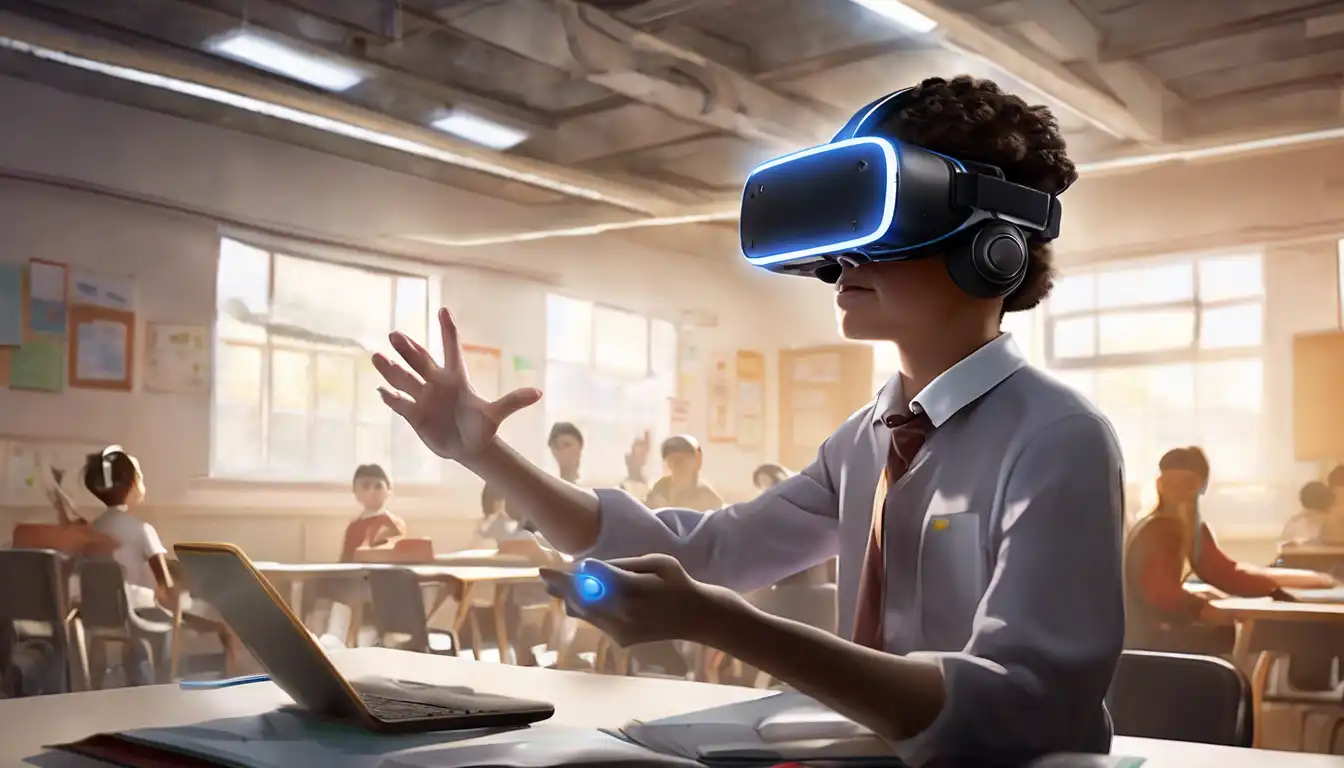The Transformative Impact of Virtual Reality on Learning
Virtual Reality (VR) technology has rapidly evolved from a futuristic concept into a practical tool that is reshaping the landscape of education and training. By immersing users in a digitally constructed environment, VR offers unparalleled opportunities for interactive learning and hands-on experience without the physical constraints of the real world.
Revolutionizing Classroom Learning
Imagine history students walking through ancient civilizations or biology classes exploring the human body from the inside. VR makes these scenarios possible, transforming traditional classroom settings into dynamic learning environments. This immersive approach not only enhances engagement but also improves retention rates by providing students with memorable experiences.
Enhancing Professional Training
Beyond academic education, VR is proving to be a game-changer in professional training. From medical simulations that allow surgeons to practice complex procedures to virtual flight simulators for pilots, VR provides a safe and cost-effective platform for mastering high-risk skills. Industries such as healthcare, aviation, and manufacturing are already leveraging VR to train their workforce with remarkable results.
Breaking Geographical Barriers
One of the most significant advantages of VR in education is its ability to connect learners from around the globe. Virtual classrooms can bring together students and instructors regardless of their physical location, making education more accessible than ever before. This is particularly beneficial for remote learners who previously had limited access to quality education and training resources.
Challenges and Considerations
Despite its potential, the integration of VR into education and training is not without challenges. The cost of VR equipment and the need for technical support can be prohibitive for some institutions. Additionally, there is a learning curve associated with using VR technology, both for educators and students. However, as VR becomes more mainstream, these barriers are expected to diminish.
The Future of VR in Education and Training
The future of VR in education and training looks promising, with ongoing advancements in technology making VR more accessible and effective. As educators and trainers continue to explore its potential, VR is set to become an integral part of learning and professional development. The key to maximizing its benefits lies in thoughtful integration that complements traditional teaching methods and addresses the diverse needs of learners.
For more insights into how technology is transforming education, check out our article on The Role of AI in Education.
